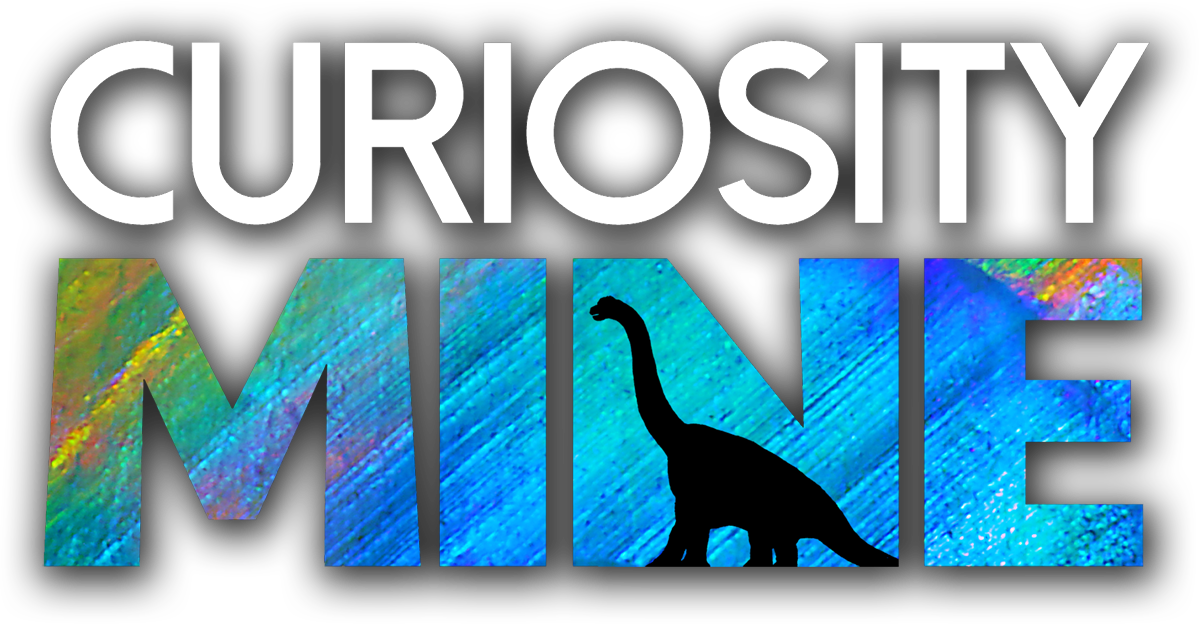Ruby Saltbush - Bush Botany @ Lightning Ridge →
Saltbush is common in semi-arid and arid Australia, and some of it is quite tasty.
In this episode of Bush Botany, Warwick Schofield shows us the ruby saltbush, one of the species of saltbush that has adapted to live in the semi-arid desert-like environment around Lightning Ridge.
This video was made with the help and support of Warwick Schofield with support from Margaret Schofield and Kay Wotherspoon.
